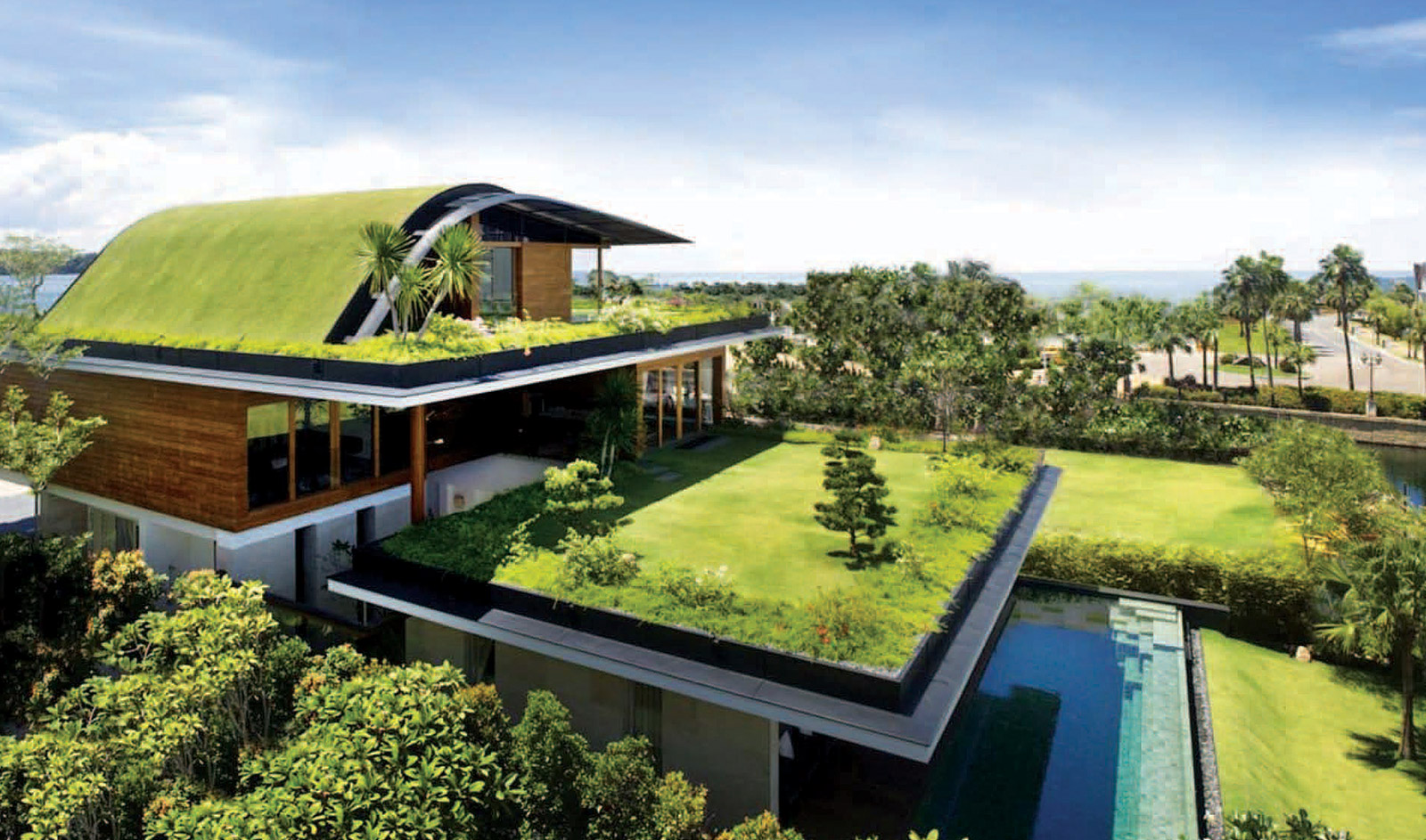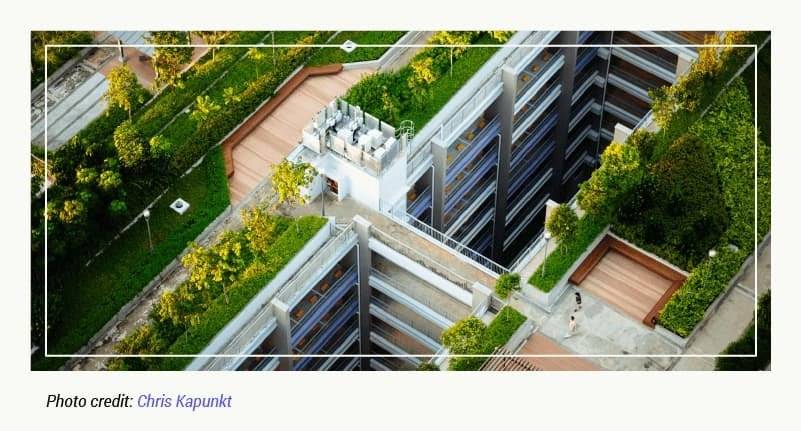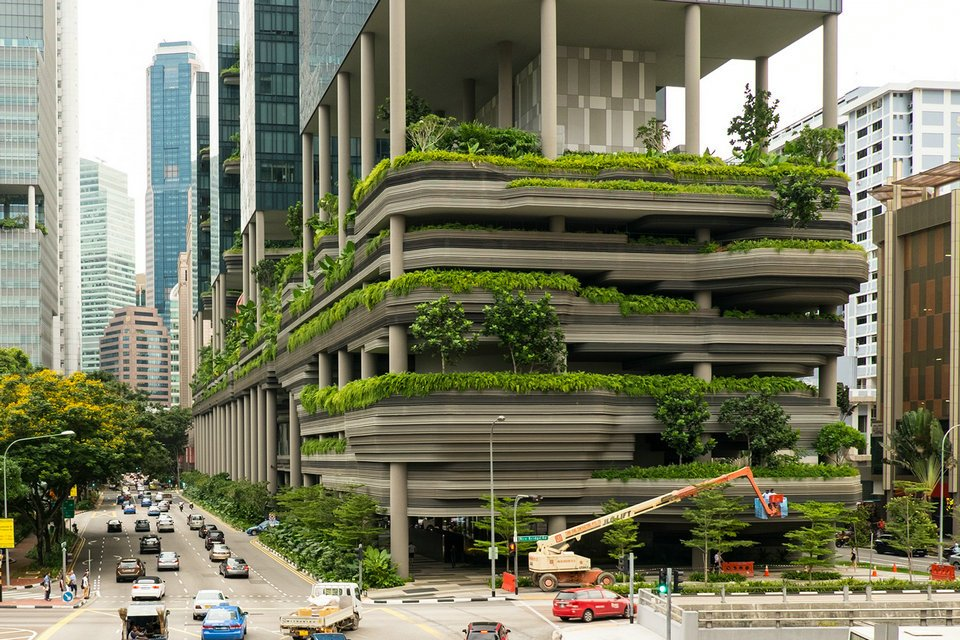
Carbon-Neutral Construction: Strategies for a Greener Future
Introduction:
As the world grapples with the urgent need to address climate change, the construction industry, known for its significant carbon footprint, is undergoing a transformative shift towards carbon-neutral construction. This paradigm seeks to revolutionize the way buildings are designed, constructed, and operated, with a focus on minimizing or offsetting carbon emissions. This article explores key strategies that can pave the way for a greener and more sustainable future in the realm of construction.
1. **Material Innovation and Selection:**
Traditional construction materials, such as concrete and steel, are notorious for their high carbon emissions during production. Carbon-neutral construction places a premium on the use of innovative, low-carbon materials. This includes alternatives like engineered wood, bamboo, and recycled steel, which have a lower environmental impact. Additionally, sustainable sourcing and responsible extraction practices contribute to the overall goal of reducing the carbon footprint of construction materials.
2. **Energy-Efficient Design:**
Energy consumption in buildings is a significant contributor to carbon emissions. Carbon-neutral construction prioritizes energy-efficient design principles, incorporating features such as advanced insulation, high-performance windows, and passive solar design. Furthermore, integrating renewable energy sources like solar panels and wind turbines into the design helps generate clean energy on-site, reducing reliance on fossil fuels.
3. **Zero-Waste Construction Practices:**
Traditional construction sites generate vast amounts of waste, contributing to landfill and environmental degradation. Carbon-neutral construction emphasizes the adoption of zero-waste practices, including recycling, reusing, and repurposing materials. Prefabrication and modular construction techniques also reduce on-site waste while improving efficiency.
4. **Carbon Offsetting and Sequestration:**
To achieve carbon neutrality, construction projects can invest in carbon offset programs and initiatives. Additionally, incorporating carbon sequestration strategies, such as the use of carbon-absorbing materials like timber, helps to balance out the emissions produced during construction. This holistic approach ensures that the overall carbon impact is neutralized or even turned into a positive contribution to the environment.
5. **Green Infrastructure and Landscaping:**
Carbon-neutral construction extends beyond the building itself to the surrounding environment. Integrating green infrastructure, such as rooftop gardens, green walls, and permeable surfaces, contributes to carbon sequestration, enhances biodiversity, and mitigates the urban heat island effect. This approach not only improves the sustainability of the built environment but also enhances the well-being of inhabitants.
6. **Smart Construction Technologies:**
Leveraging smart technologies, such as Building Information Modeling (BIM) and real-time monitoring systems, enables precise planning, reduces material waste, and enhances construction efficiency. These technologies play a crucial role in optimizing construction processes and minimizing the overall carbon impact of a project.
7. **Lifelong Building Performance Monitoring:**
Post-construction, continuous monitoring of building performance ensures that the structure operates at peak efficiency throughout its lifespan. This includes regular energy audits, maintenance of energy-efficient systems, and the incorporation of emerging technologies to further enhance sustainability.
Conclusion:
Carbon-neutral construction represents a fundamental shift towards a more sustainable and environmentally conscious future. By embracing innovative materials, energy-efficient design, waste reduction, and offsetting strategies, the construction industry can play a pivotal role in mitigating climate change. As the demand for greener building practices continues to grow, the adoption of carbon-neutral construction principles is not only a responsible choice but a necessary one for the well-being of our planet and future generations.



